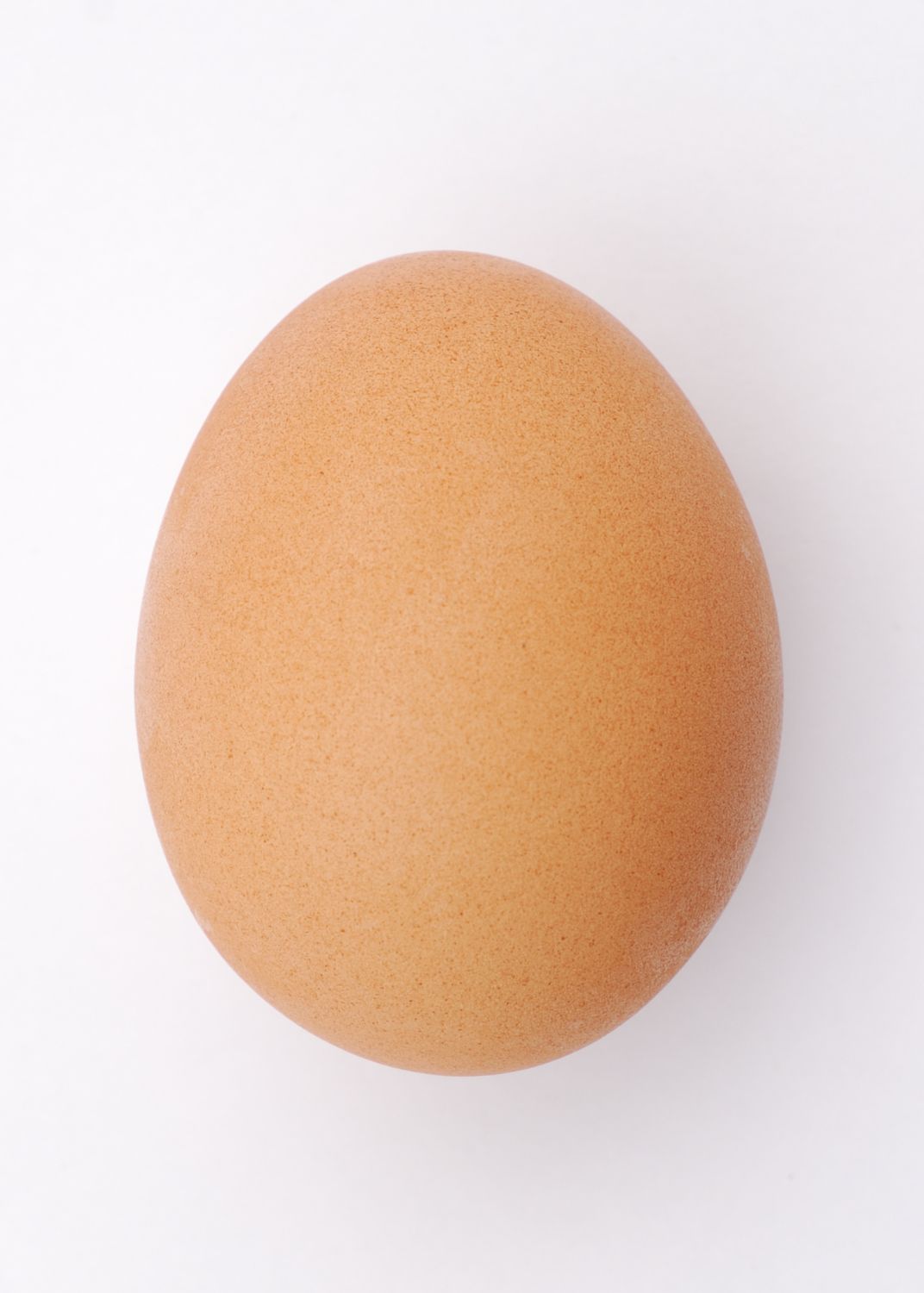I got tired of cutting out shapes and used mint from the garden for the leaves.
While I was rolling out the fondant, it occurred to me that I know very little about the mechanisms behind baking. I love making cakes, breads, and cookies, and I can follow a recipe on how much to mix, when to knead, when I need to take whatever it is I'm baking out of the oven, etc., but I don't know why. So I've done a little research and learned about some of the science behind baking. I'm not going to go into any chemical reactions that take place, but here are some of the things I've learned:
1. Marshmallows are made up of water, sugar and air bubbles. Heating them in the microwave causes the water molecules to vibrate, which causes the sugar to heat up and warms the air in the bubbles. The gas molecules in the air bubbles start to move faster when heated and push against the softened water and sugar mixture, so the air bubbles expand and the marshmallows puff up.
2. Egg whites bind ingredients together and work as leavening agents because they are made up of mostly protein, while egg yolks make baked goods moist and richer because of their higher fat content. This is why cake recipes usually call for whole eggs. Using one or the other would make a cake too dry or too soggy.

Incredible and edible!
3. Bringing eggs to room temperature will make them separate easier and make them combine with butter more evenly by preventing the formation of- for lack of tastier-sounding words- fat globules.
4. Baking soda, like yeast, is a leavening agent that releases carbon dioxide. Whipping those carbon dioxide bubbles that are produced with butter "fluffs" batter to help give it the right texture.
5. Cold butter stays in little pieces when added to the flour mixture for a pie crust instead of blending in homogeneously and being absorbed by the flour; the butter then melts in little pockets while baking and creates that traditional "flakiness."
All I'm really doing is making myself hungry.
6. You might think that adding extra sugar to bread dough will just make it sweeter, but adding more sugar than is called for in a recipe can make the yeast create too much gas (because yeast "eats" sugar to release carbon dioxide). This can break any gluten bubbles formed while kneading, causing the bread to fall instead of rise correctly. (You can make gluten-free breads if you avoid gluten for personal or health reasons by using a blend of different gluten-free flours; they just may not rise as high and will have a different consistency.)
If you have any questions about baking or cooking, let me know, and I will be more than happy to research it!
Resources:


No comments:
Post a Comment